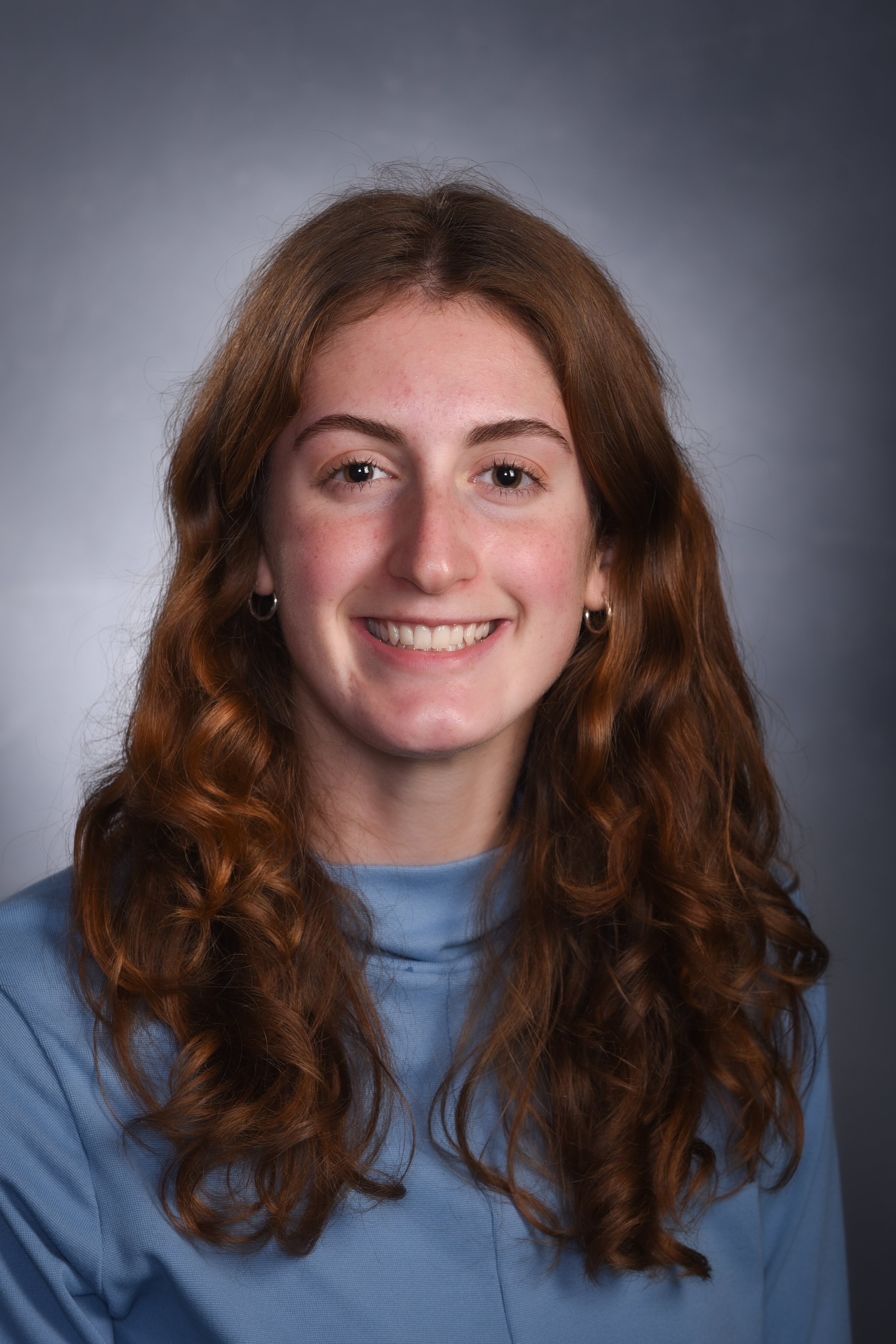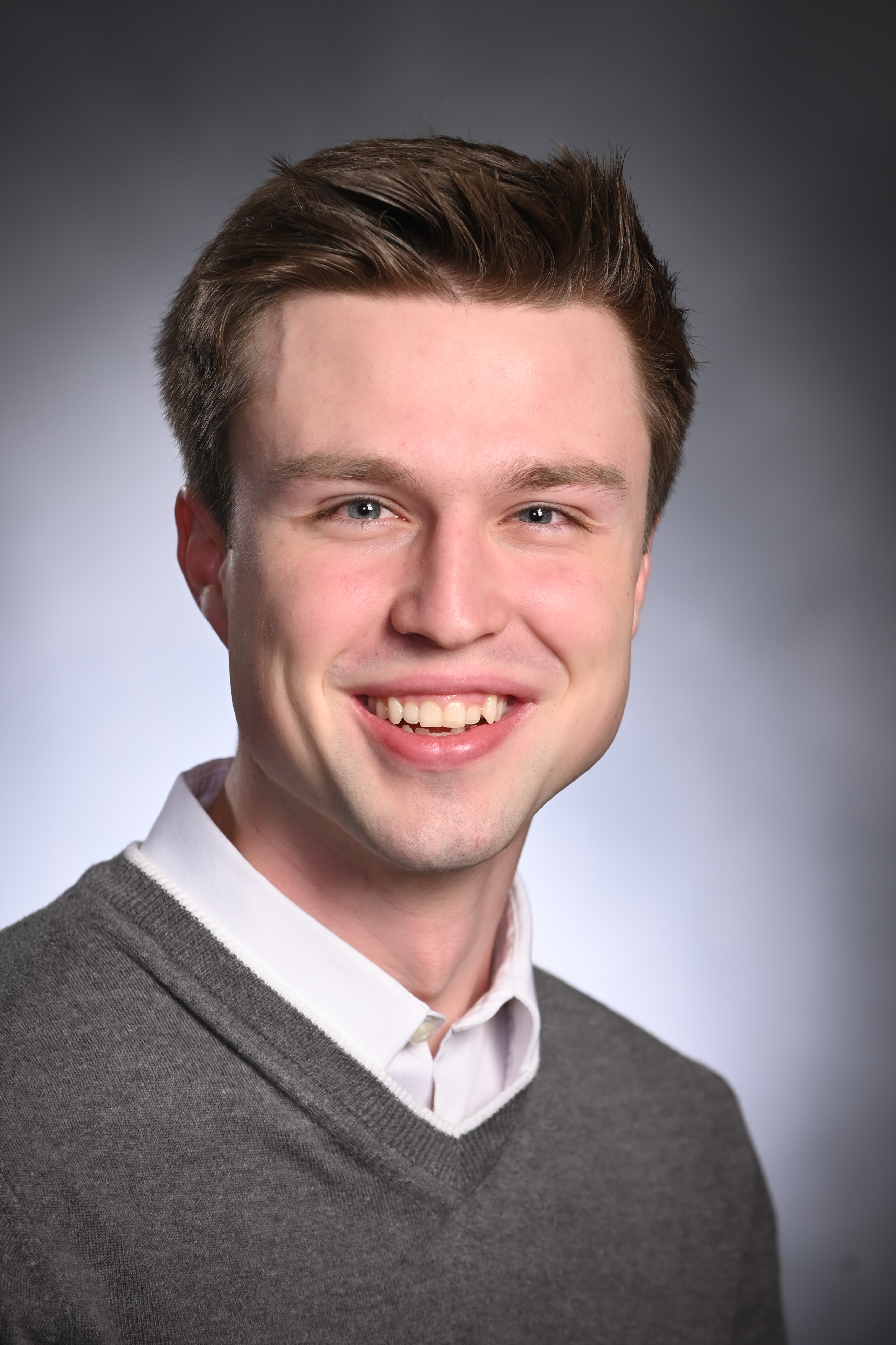Orthopedic and Rehabilitation Engineering
Quantifying the Corrective Loads in the Ponseti Method
(H-282) Quantifying the Corrective Loads in the Ponseti Method

Anna Posh
Student Research Assistant
Bucknell University
Lewisburg, Pennsylvania, United States
William R. Crosswhite
Student Research Assistant
Bucknell University, Maryland, United States
Presenting Author(s)
Each year, approximately 200,000 infants are born with congenital talipes equinovarus, commonly known as Clubfoot (Kuhl et al., 2020). Clubfoot is among the most common congenital deformities and appears with varying degrees of severity. Clubfoot itself is characterized by low achilles elasticity and a shorter, more fibrous posterior tibial tendon, deltoid ligament, and plantar calcaneonavicular ligament which causes permanent, involuntary inversion and plantarflexion (Kadhum et al., 2019). The most common and effective treatment is the Ponseti Method, involving a series of casts that slowly move the deformed foot back into place followed by a prolonged period of intermittent bracing using a foot abduction brace (FAB). When diagnosed and treated early, the Ponseti Method is extremely effective; however, 50 percent of patients are noncompliant due to the cumbersome bracing protocol, decreasing efficacy.
Despite the Ponseti Method being the preferred treatment since the 1960’s, the mechanics behind the FAB are yet to be understood (Barrie et al., 2022). It is critical to quantify the placement, direction, and magnitude of these loads and relate them to the biomechanical changes occurring in the foot to gain a deeper understanding of the nuances of the Ponseti Method, FAB, and Clubfoot deformity itself to improve corrective methods, the FAB design, and patient experience. Our research outlines and examines a method to quantify the biomechanical loads involved in the Ponseti Method.
Materials and Methods::
Our apparatus consists of eight SingleTact 4.5N force sensors placed in the Ponseti boots to measure loads imposed on the inner and outer calcaneal and forefoot regions. We utilize an ATI Gamma 6-Axis F/T sensor to measure loads relative to local axes of the load cell and transform them relative to the anteroposterior, mediolateral, and longitudinal axes of both heels. Finding the equivalent loads provides a foundation to better understand the biomechanics of Clubfoot on each foot and the correction mechanisms. Additionally, an Adafruit BNO055 orientation sensor is used to track child motion. We export the raw acceleration vector to filter extraneous data beyond +/- 0.5 m/s^2 of 9.81 m/s^2.
The data is transmitted via two separate serial ports and read by a Python script which incorporates a custom user interface for the practitioner. Utilizing threading, we are able to accurately store data in a buffer before exporting it to CSV. After the data is exported, the CSV is reread and filtered.
Our collection protocol consists of two separate 300 second trials with a sampling rate of 20Hz for four different control patients. After data collection, the practitioners are asked to provide comments on the child's behavior throughout the trials to better correlate results to data.
Results, Conclusions, and Discussions::
The prototype successfully measures gross load and tactile force within the Ponseti boots. Initial feedback from practitioners has been overwhelmingly positive. However, our data has been susceptible to high noise. While increased post-processing is required to eliminate noise, our prototype achieves the goal of bringing a novel method to quantify the mechanics behind the Ponseti Method.
We speculated that affected patients will experience greater mediolateral and longitudinal moments than control. In control data we noticed these moments generally decreased throughout the 300 second trial. We surmise a correlation between the viscoelastic tendency of connective tissue and initial abduction angle (Giesberts et al., 2018). To investigate this, we plan to add an additional trial to our protocol. For each trial, we adjust the foot abduction angle of the brace (Tables 1-3) to observe differences in corrective loads. With the addition of a new trial, we plan to reduce each trial period to 180 seconds, minimizing a patient's time in the clinic.
The SingleTact sensors produce significant noise. We hypothesize our current design leads to electromagnetic interference due to the triboelectric effect of the sensor leads rubbing against the boot. To mitigate this effect, we believe a direct conversion from the analog data of the force sensors to a digital signal would prove to reduce noise.
The ATI Gamma F/T sensor proved to be quite reliable and performed well under loads. However, it suffers from high cost and weight. We are currently investigating an alternative solution using 3D-printed components and standard opto-interrupters. Variations of this design showed improved resistance to noise and mechanical hysteresis (Hendrich et al., 2020).
Our method outlines a path forward to gather data on prosthetic devices. It is common practice in the industry to use qualitative observations to make judgements about the effectiveness of treatment. Our prototype provides a method for quantitative rigor in patient examination. We hope the success of this study will lead to additional studies on the biomechanics of Clubfoot correction and other musculoskeletal abnormalities.
Acknowledgements (Optional): : The authors would like to thank Dr. Charles Kim and Dr. Andrew Sloboda for overseeing this project and Dr. Mark Seeley M.D. for organizing clinical trials.
References (Optional): :
Barrie A, Varacallo M. Clubfoot. [Updated 2022 Sep 4]. In: StatPearls [Internet]. Treasure Island (FL): StatPearls Publishing; 2023 Jan-. Available from: https://www.ncbi.nlm.nih.gov/books/NBK551574/
Giesberts, R. B., G. Hekman, E. E., Verkerke, G. J., & M. Maathuis, P. G. (2018). Rapid decrease of cast-induced forces during the treatment of clubfoot using the Ponseti method. The Bone & Joint Journal, 100-B(12), 1655-1660. https://doi.org/10.1302/0301-620X.100B12.BJJ-2018-0721.R1
Hendrich, N., Wasserfall, F., & Zhang, J. (2020). 3D printed low-cost force-torque sensors. IEEE Access, 8, 140569–140585. https://doi.org/10.1109/access.2020.3007565
Kadhum, M., Lee, M. H., Czernuszka, J., & Lavy, C. (2019). An analysis of the mechanical properties of the Ponseti method in clubfoot treatment. Applied Bionics and Biomechanics, 2019.
